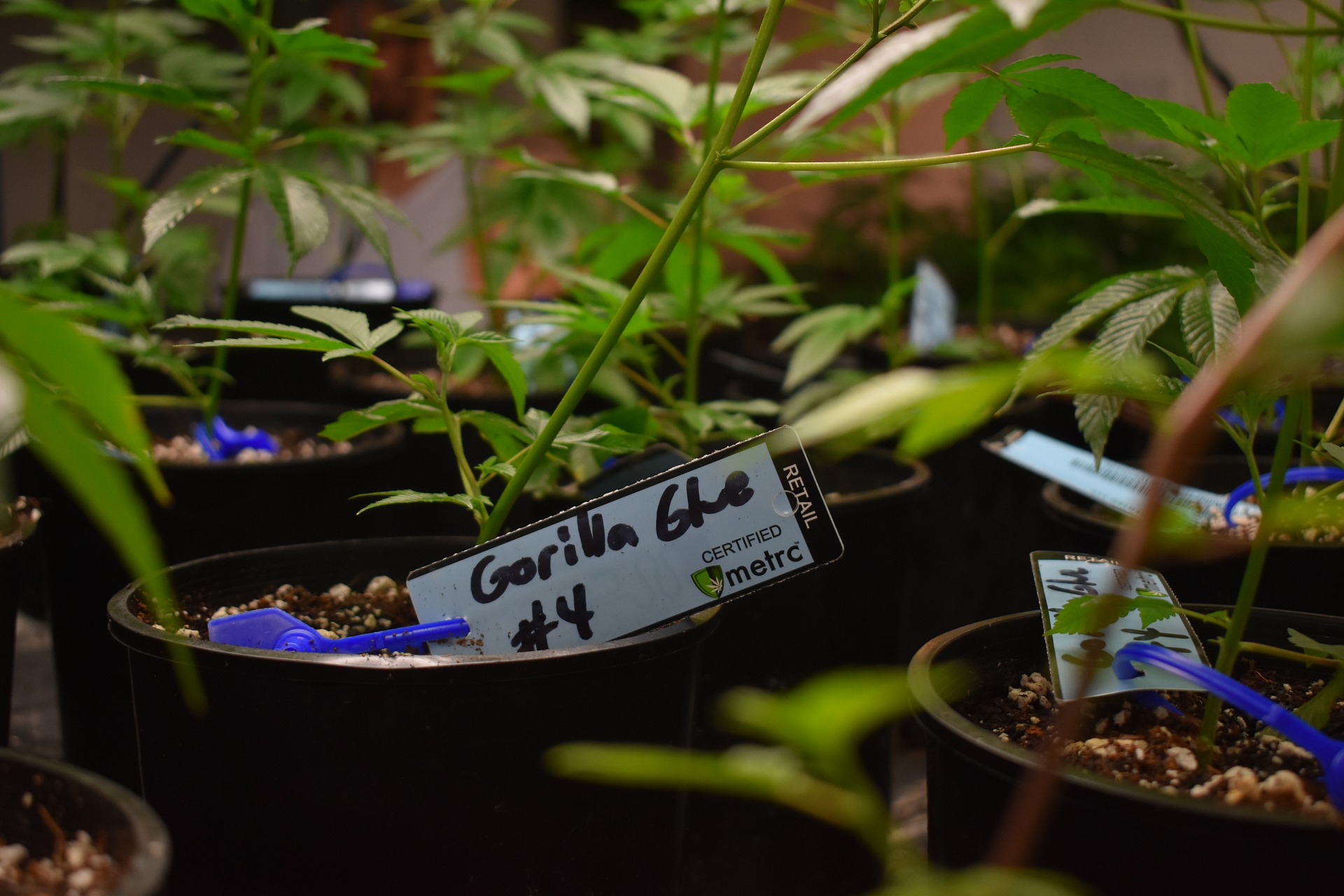Do cucumbers prefer blue light during flowering?
How is the chemical profile of a cannabis plant influenced by the duration of exposure to infrared light?
Believe it or not, these are the kinds of questions farmers often find themselves asking.
As cannabis research has amped up, cultivators are starting to find the answers they need through scientific research.
Lighting impacts plant quality, harvest size, and flavor profiles, so it makes sense that many indoor growers are creating light strategies for each cultivar.
The more precise the lighting, the more consistent the outcome.
This consistency is crucial for medical cannabis.
When a patient is taking several different medications and then introduces cannabis into that regimen, physicians need the chemical profiles of the plant to be the same for every dose.
If the patient has a reaction, the doctor has to determine why that reaction is occurring.
If the cannabis is different from dose to dose, clinicians have no way to determine why they’re seeing a change in the patient’s response.
Texas Original Compassionate Cultivation, the state’s first legal medical marijuana dispensary, strives to provide that consistency.

CEO Morris Denton noted: “The number one thing that we hear from our patients is that the medicine is the same from dose to dose, from bottle to bottle, from prescription to prescription.”
They’re working with Fluence by OSRAM, another Texas-based company, to research how light spectra influence crop yield, quality, and chemical composition.
Senior Scientist for Fluence Dr. David Hawley explained that one of the company’s overarching missions is to help enable cannabis as a medicine:
“If the clinical research is lacking because those who can conduct that research aren’t able to get consistent quality plants or plants that elicit certain chemical profiles, that’s where we come in.”
Fluence has found that environmental inputs, like light spectra, play an integral role in the plant’s final chemical profile.
“What we’re doing, as a lighting company, is working to understand what the right light is. That’s a big question since there are all kinds of lighting strategies. Do growers use just one light at the top of the canopy the whole time, or do they move the plant from one light spectrum to the next? Do they change the intensity or light the plant from the side? Figuring out what the right photons are and the right way to deliver them are absolutely critical in optimizing the overall system,” said Dr. Hawley.

There’s more to this research than just improved yield; proper lighting can increase certain cannabinoids, or decrease the inputs one needs for a successful harvest.
Dr. Hawley explained, “Maybe we have two different light regimes that achieve the same total plant yield. Perhaps in Treatment A, we found that we got twice as much THC as we did in Treatment B. The question becomes, how much water, light, and nutrients did we consume to achieve
that doubling of THC? Which treatment was more efficient?”
The goal of Fluence’s research is to determine precision light formulas that facilitate repeatable chemical profiles.
Dr. Hawley imagines there will soon come a day when doctors will know what they need, with precise requirements for specific cannabinoids and terpenes.
He shared: “When that research becomes available, [doctors] won’t be left scratching their heads and asking, ‘How do we get that out of a plant?’ because Fluence will be able to say, ‘Here’s exactly how you do it,’ and enable that medicine.”
Author
-
Ebby Stone is a freelance writer specializing in cannabis, with a focus on the innovators and businesses shaping the industry.






